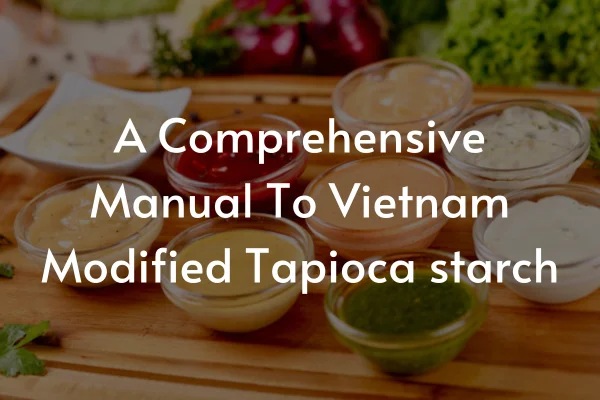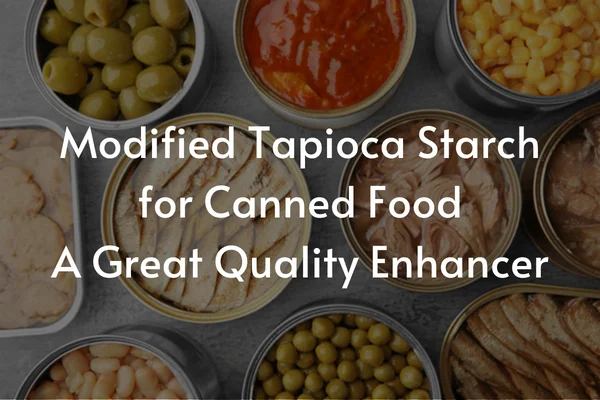
A Complete Introduction To Vietnam Tapioca Starch
- Home
- Tapioca Starch Products
- A Complete Introduction To Vietnam Tapioca Starch
Welcome to our comprehensive article on Vietnam tapioca starch, where we delve into its introduction, production, types, benefits, and export significance. Tapioca starch, derived from the root of the cassava plant, has been a staple ingredient in various cuisines around the world for centuries. In Vietnam, this versatile starch holds a prominent place in their culinary culture and economy. With vast cassava-growing regions and abundant crops, Vietnam has become a significant producer of tapioca starch. We will explore the historical background of tapioca starch, the production process, different types available, and its numerous benefits. Additionally, we will uncover the crucial export significance that Vietnam's tapioca starch holds in the global market. Join us as we unravel the immense potential of tapioca starch in Vietnam.
Vietnam Tapioca Starch Introduction
Vietnam tapioca starch is a versatile and high-quality food material that is widely used in various industries. Whether you're a food manufacturer, paper mill, textile factory, tapioca starch from Vietnam is a fantastic choice. Known for its excellent thickening properties, it can be used as a substitute for cornstarch and flour in many recipe. With its superior quality and competitive prices, Vietnam cassava starch is the go-to option for those looking to buy in bulk.
What is Vietnam tapioca starch?
Tapioca starch is a starchy white flour-like substance that is extracted from the cassava root, a tropical plant native to South America. Cassava, also known as yuca, cassava or manioc, is a tuberous root vegetable that is a significant source of carbohydrates in many parts of the world. Derived from the root of the cassava plant, tapioca starch is a gluten-free and vegan-friendly alternative that provides excellent texture, thickening, and binding capabilities.
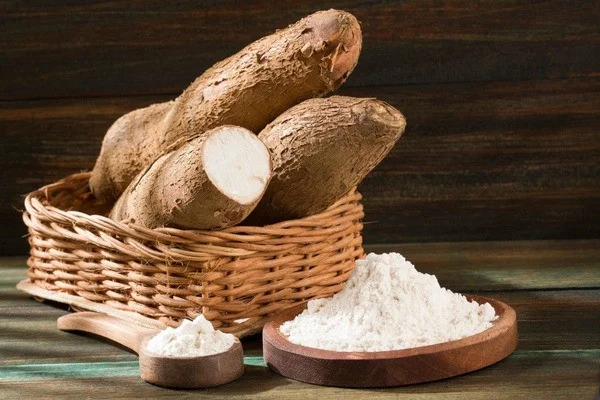
Tapioca starch historical background
The process of extracting starch from manioc roots to create tapioca starch likely originated in South America, where cassava has been a staple crop for centuries. Indigenous peoples in the Amazon region used cassava as a food source and developed various methods to process it into edible forms, including tapioca pearls, which are made from tapioca starch.
European explorers and colonizers introduced cassava to other parts of the world during the Age of Exploration. Portuguese and Spanish traders brought cassava to Africa and Asia, including Vietnam, where it became an important crop of the country nowadays. The knowledge of processing cassava roots into tapioca starch spread along with the cultivation of cassava plants.
Vietnam Cassava Starch Production
With a rich history and tradition of tapioca starch cultivation, Vietnam boasts a thriving industry that satisfies the demands of customers worldwide. The country's abundant natural resources, favorable climate, and skilled farming practices contribute to the exceptional quality of tapioca starch. Moreover, Vietnamese manufacturers adhere to stringent production standards, ensuring a consistent supply of tapioca starch that meets international regulations.
Cassava-growing regions in Vietnam
The country has several cassava-growing regions, including the Central Highlands and the South East, which are known for their vast plantations and excellent yield. According to the Department of Crop Production (DCP), the country's cassava growing area reached 528,000ha. The Central Highlands has the largest area with 172,500ha, accounting for 32.7 per cent of the country's total cassava area. In 2021, the country's average yield stood at 20.3 tons/ha, with an output of nearly 10.7 million tons.
These regions contribute significantly to tapioca starch production. The Central Highlands alone accounts for about 60% of the country's cassava-growing area, making it a key player in the industry. The South East, on the other hand, is known for its fertile soil and favorable weather conditions, allowing for optimal cassava growth. The combination of these factors ensures a steady supply of high-quality Vietnam tapioca starch.
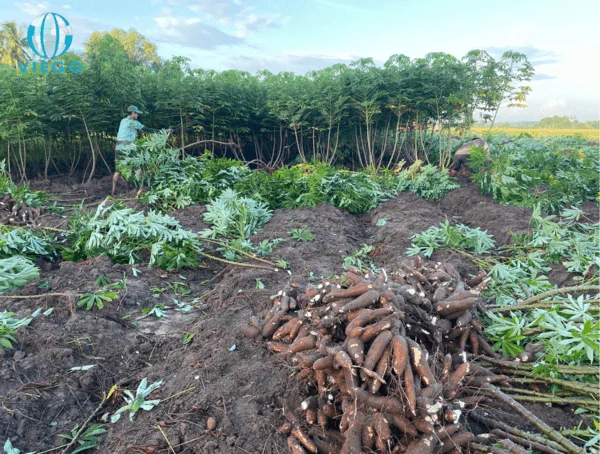
Vietnam cassava crops
Vietnam's cassava-growing regions, such as the South East and the Central Highlands, provide optimal conditions for cultivating cassava, resulting in a plentiful supply of Vietnam cassava starch. Tapioca plants typically have a growing season of 8 to 12 months. The exact time to grow tapioca in Vietnam would depend on the local climate conditions and the specific variety of tapioca being cultivated.
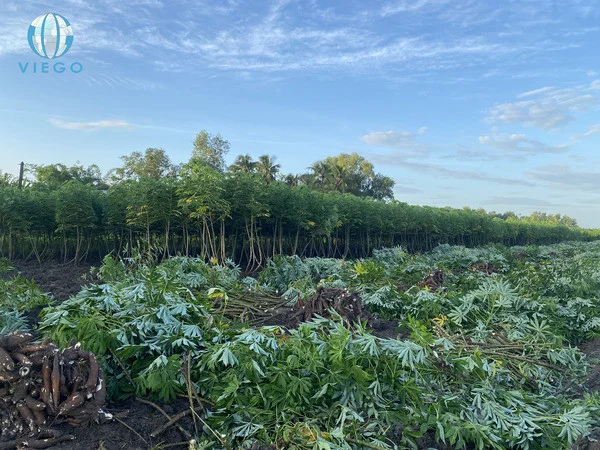
How To Produce Tapioca Starch
Vietnam, known for its rich agricultural resources, is one of the leading producers of tapioca starch in the world. Specifically, there are 120 industrial-scale tapioca starch manufacturers in Vietnam with a total design capacity of 11.3 million tons of fresh tubers/year, according to the Ministry of Agriculture and Rural Development Vietnam.
The production of tapioca starch involves several steps, from harvesting the cassava roots to processing them into the final starch product. Here are steps of the typical process involved in manioc starch production:
Begin by weighing the fresh cassava roots to determine their starch content.
Utilize a dry sieve to eliminate sand and impurities from the cassava.
Peel and thoroughly clean the cassava using paddle washing machines, then remove the root tails by slicing.
Transfer the cleaned cassava to the Rasper, and decant the mixture to remove the protein content.
Pass the slurry through a screen to separate the fiber; the sun-dried fiber can be used for animal feed.
Employ a Centrifuge machine to separate fine fiber and impurities.
Dry the starch in a hot-air dryer until it retains only 12-13 percent moisture, making it ready for sale.
Finally, sift the starch and pack the resulting fine powder into sale sacks.

Tapioca Starch Classification and Benefits
There are generally two types of tapioca starch available, including native tapioca starch and modified tapioca starch.
Native tapioca starch
Native tapioca starch is the most common type of tapioca starch in Vietnam. It is known for its excellent thickening properties, making it a popular choice for food applications such as soups, sauces, and desserts. It is also used in the manufacturing of various products, including paper, textiles, and adhesives. With its neutral flavor and smooth texture, native tapioca starch enhances the taste and mouthfeel of dishes without altering their original flavors.
Modified tapioca starch
Modified tapioca starch is a highly versatile and widely used food material that offers numerous benefits for those in the food manufacturing industry. This starch type, derived from tapioca roots, undergoes a process to enhance its properties and functionality, making it suitable for various applications.
Modified tapioca starch is modified to improve characteristics such as stability, texture, and thickening properties, which are essential in many food products. It can withstand high temperatures, acidity, and freezing conditions, making it highly suitable for use in different food processes. Additionally, modified tapioca starch offers improved shelf life and can contribute to the overall quality and taste of food products.
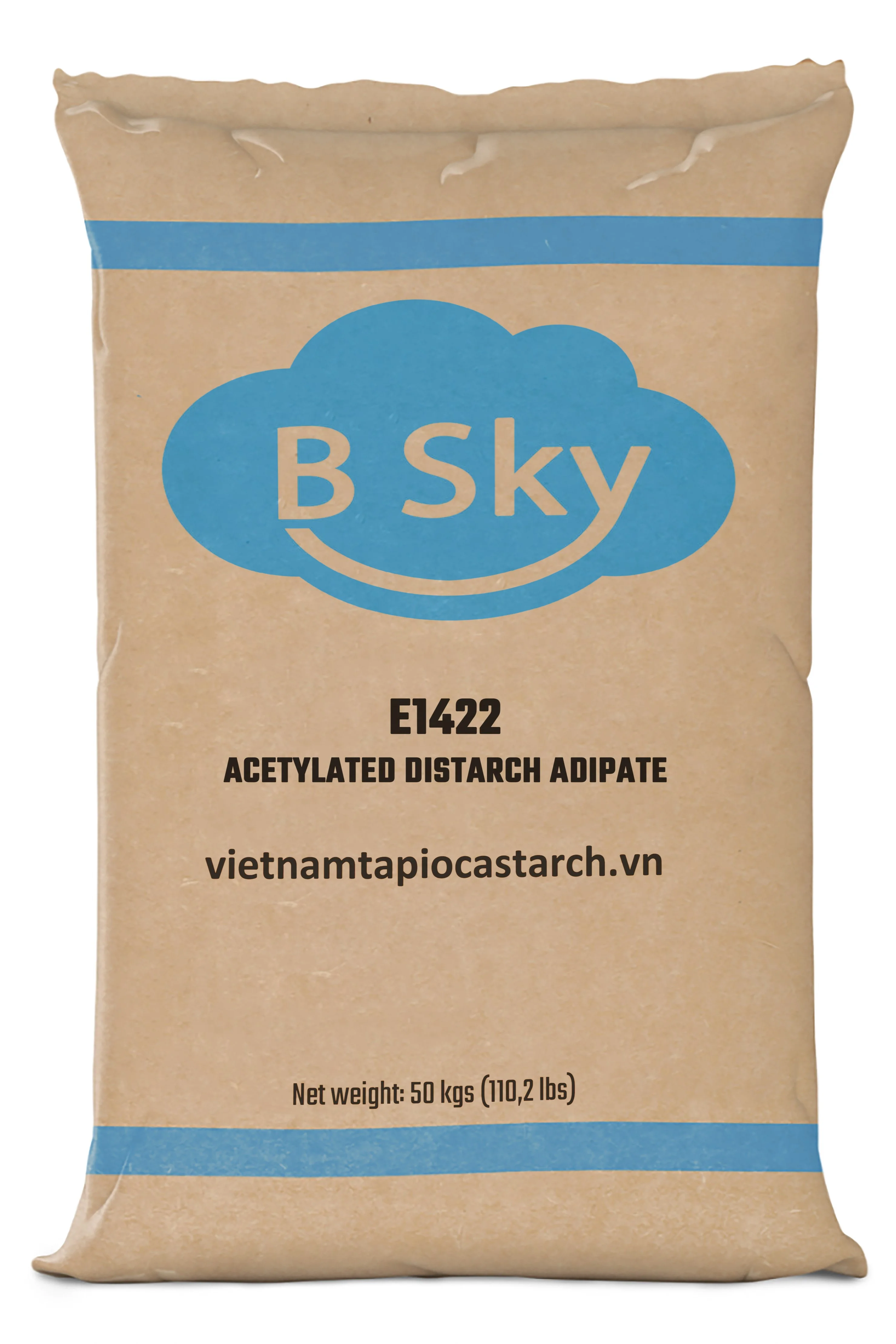
When it comes to choosing which type of tapioca starch to use, it is essential to consider the specific needs of your application. Native tapioca starch is suitable for products that require thickening, binding, and stabilizing properties while maintaining a natural and smooth texture. Modified tapioca starch is preferred for applications that require improved stability, clarity, and resistance to high temperatures. Carefully assessing your product's requirements and desired characteristics will help you make an informed decision on the type of tapioca starch that best suits your needs.
Export Significance of Vietnam Tapioca starch
Vietnam is one of leading exporters of tapioca starch on the global market. With its abundant supply, high quality, and competitive pricing, Vietnam has established itself as a major player in the tapioca starch industry. To be specific, in 2021, the country achieved an average yield of 20.3 tons per hectare, resulting in a total output of nearly 10.7 million tons.Its exports amounted to almost 2.9 million tons, valued at approximately $1.2 billion. This represented a 2.4% increase in volume and a significant 16.5% increase in value compared to the figures recorded in 2020..
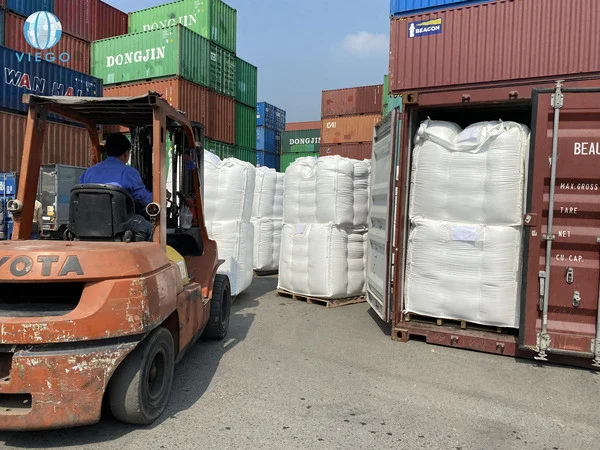
This robust export performance is a result of Vietnam's favorable climate for cassava cultivation, the primary source of tapioca starch. Additionally, the country's advanced processing techniques and adherence to strict quality standards have contributed to its reputation as a reliable supplier of tapioca starch worldwide. Vietnam's success in the export of tapioca starch underscores the country's significant contribution to the global starch market.
B Sky - Be Your Cassava Starch Solutions
If you are looking for Vietnam affordable-quality tapioca starch with:
- Food grade (Low SO2 starch)
- Standards: ISO, SMETA, HACCP, HALAL, KOSHER, FSSC, USFDA
- Diverse customization: 20/25/50kg PP/paper bag, 850kg jumbo bag…
Please feel free to contact us directly at:
- Whatsapp/Wechat: +84 98 352 45 99
- Email: marketing@viegoglobal.com
- Website/Blog: www.vietnamtapiocastarch.vn
Related Articles
A Comprehensive Manual To Vietnam Modified Tapioca Starch
Greetings to our in-depth manual regarding Vietnam modified tapioca starch . Within this article, we ...
Vietnam Tapioca Starch For Charcoal Briquettes Production
Tapioca starch for charcoal briquettes has received considerable attention in recent years. In this ...
Modified Tapioca Starch for Canned Food - A Great Enhancer
Modified tapioca starch for canned food is a crucial ingredient to its production, providing ...

